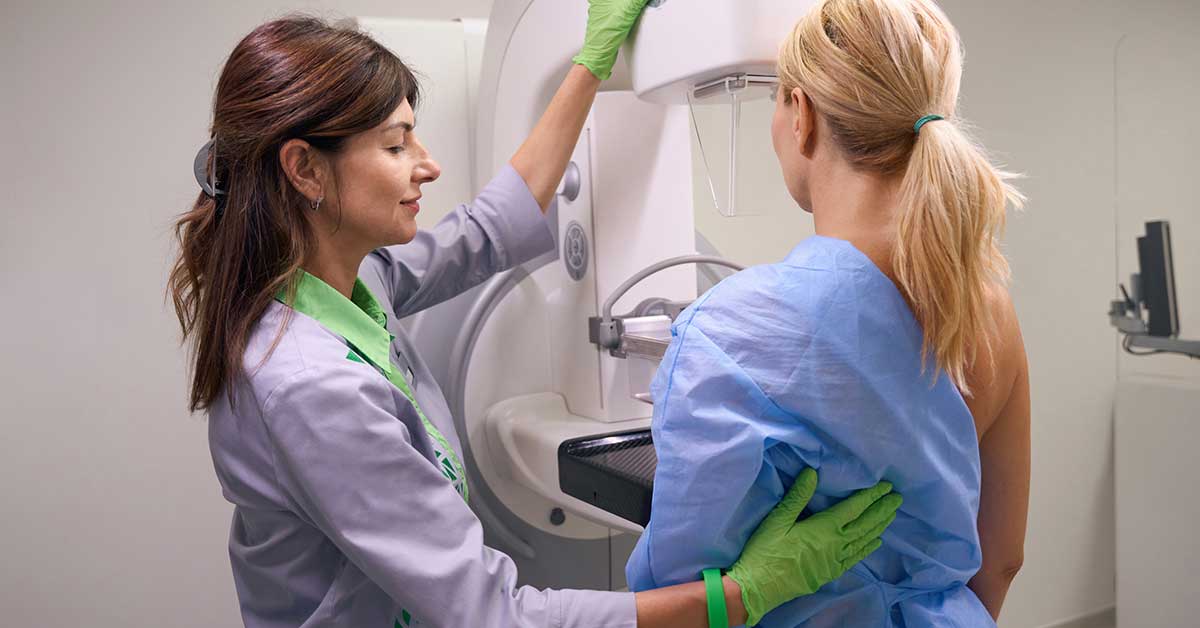Invasive Ductal Carcinoma - Breast Cancer - Summary, Symptoms, Treatments
Contact Us
What is invasive ductal carcinoma?
Breast cancer develops in the cells of the breast. It can occur in both men and women, but it is far more common in women. Invasive ductal carcinoma (IDC) is the most common type of breast cancer, accounting for about 70 to 80% of all breast cancer in women and 80 to 90% of all breast cancer in men. It originates in the milk ducts of the breast and then spreads beyond the ducts into the surrounding breast tissue.
Back to Top
What are the signs and symptoms of invasive ductal carcinoma?
The signs and symptoms of invasive ductal carcinoma can vary and some people may not have any obvious symptoms. The most common symptoms are a lump or mass in the breast. These lumps are often hard, irregular in shape and painless, although they can sometimes be tender or soft.
Other common warning signs can include:
- Noticeable change in the size, shape or appearance of the breast, such as one breast becoming larger than the other
- Skin changes or changes in the shape or appearance of the breast or nipple area, such as dimpling, puckering or redness or changes in skin texture
- A newly inverted nipple or nipple discharge that is not breast milk, especially if it is bloody
- While many breast cancers are painless, some individuals with IDC may experience breast pain or discomfort.
- Swelling in all or part of the breast (even if no distinct lump is felt) or in the underarm lymph nodes
These symptoms can also indicate other non-cancerous conditions. It’s important to see your medical doctor if you experience any of these.
How is invasive ductal carcinoma diagnosed?
Diagnosing invasive ductal carcinoma begins with a physical examination so that your doctor can evaluate the symptoms you are experiencing and discuss your health history. A combination of imaging tests and biopsies can confirm the presence of cancerous cells. Various types of mammograms, ultrasound and magnetic resonance imaging (MRI) can detect tumors or abnormalities and provides detailed information about the extent of any cancer. If imaging tests suggest the presence of cancer, a biopsy is performed to obtain a tissue sample or remove a lump for closer examination and additional testing if necessary.
If cancer is confirmed, further tests, such as computed tomography (CT), positron emission tomography (PET) or bone scans, may be performed to determine the stage of the cancer and the extent of its spread.
Back to Top
What causes invasive ductal carcinoma?
The exact cause of invasive ductal carcinoma is not fully understood. However, it appears to result from a combination of genetic, hormonal, environmental and lifestyle factors.
- Inherited gene mutations: Mutations in BRCA1 and BRCA2 genes significantly increase the risk of breast as well as ovarian cancer. Mutations in other genes, such as TP53, PTEN and PALB2, can also increase breast cancer risk.
- Family history: Having close relatives with breast cancer increases your risk, especially if the cancer occurred at a young age.
- Age: The risk of developing invasive ductal carcinoma increases with age. Most cases are diagnosed in women over age 50.
- Reproductive history: Early menstruation (before age 12) and late menopause (after age 55) expose the body to hormones like estrogen for a longer time, increasing risk. Having children later in life or not at all, and not breastfeeding, can slightly increase risk.
- Hormone replacement therapy (HRT): Long-term use of combined estrogen and progesterone therapy after menopause increases breast cancer risk.
- Lifestyle: Higher alcohol intake, being overweight, especially after menopause, increases risk. A diet high in saturated fats and low in fruits and vegetables may increase risk.
Is invasive ductal carcinoma genetic?
Yes, invasive ductal carcinoma can have a genetic component. While genetic factors play a significant role, most cases are not due to inherited mutations. Mutations in the BRCA1 and BRCA2 genes are the most well-known genetic risk factors for invasive ductal carcinoma. Women with BRCA1 or BRCA2 mutations have a significantly higher risk of developing breast and ovarian cancers. These mutations can be inherited from either parent.
Mutations in other genes, such as TP53, PTEN, PALB2, CHEK2 and ATM, can also increase the risk, although these mutations are less common. A strong family history of breast cancer, especially if diagnosed at a young age or in multiple family members, suggests a possible genetic link. This is especially true if breast cancer occurs alongside other cancers, such as ovarian or prostate cancer within a family. It is best to talk with your doctor regarding any genetic predisposition. Individuals with a strong family history of breast cancer or related cancers may opt for genetic testing to identify mutations in BRCA1, BRCA2 and other related genes. Testing can provide information on cancer risk and guide preventive measures.
Is invasive ductal carcinoma curable?
Early detection and a combination of surgery, radiation, chemotherapy, hormone therapy, and targeted treatments have significantly improved the chances of curing invasive ductal carcinoma. While metastatic IDC is generally not curable, treatments can control the disease for some time, improving both lifespan and quality of life. The likelihood of a cure depends on various factors, including the stage and type of breast cancer, the patient’s overall health and how well the cancer responds to treatment.
Back to Top
How is invasive ductal carcinoma treated at FCS?
Each patient and each cancer is unique. At FCS, physicians develop a personalized treatment plan in partnership with patients. Treatment options for invasive ductal carcinoma depend on a number of factors, including the specific type and stage of cancer, possible side effects, and the patient’s overall health and personal preference.
Treatment options can include:
- Surgery to remove the tumor and some surrounding tissue including nearby lymph nodes or to remove one or both breasts
- Radiation therapy to kill or shrink cancer cells in the breast, chest wall or underarm area.
- Chemotherapy to shrink or kill cancerous cells or tumors
- Hormone therapy to block hormones that fuel cancer growth
- Targeted therapy drugs that target specific characteristics of cancer cells, such as the HER2 protein
- Immunotherapies that use the body’s immune system to fight cancer
What are common risk factors for invasive ductal carcinoma?
While researchers don’t know exactly what causes invasive ductal carcinoma, being female and getting older are the greatest risks. The risk nearly doubles if an individual has a first-degree relative (mother, sister, daughter) who has been diagnosed with breast cancer. If you have a family history, you may want to discuss genetic testing with your doctor.
Our genes, lifestyle and the environment around us may raise or lower our risk of getting many types of cancer. Many risks, such as obesity and alcohol use, can be moderated through healthy lifestyle choices. Risk factors can vary in significance from person to person; having one or more risk factors does not mean an individual will definitely develop breast cancer.
Are there screening tests for invasive ductal carcinoma?
Identifying any type of cancer at an early stage, before it has spread extensively (metastasis), provides a much better outcome for patients. The earlier breast cancer is detected, the easier it is to treat – and patients likely will have a more positive prognosis. Simple screening tests can detect invasive ductal carcinoma early, even before symptoms appear.
Mammograms, low-dose x-rays of the breast, are the best test physicians have to detect changes in the breast and find cancer early. An abnormal mammogram does not always mean that cancer exists, but follow-up tests may be necessary to get more details.
The recommended general guidelines for women with no family history of cancer are:
- Yearly for women ages 45 to 54 (or at age 40 if they wish)
- Every two years for women age 55 and older
Mammograms are not routinely offered to men and may be difficult to perform if there is a small amount of breast tissue. While not a formal screening test, regular breast self-exams can help individuals become familiar with their breasts and notice any changes or abnormalities early. It is important to become familiar with how your breasts normally look and feel and report any changes to your health care provider right away. Routine physicals and an annual Ob-Gyn visit for women are recommended.
Back to Top








































